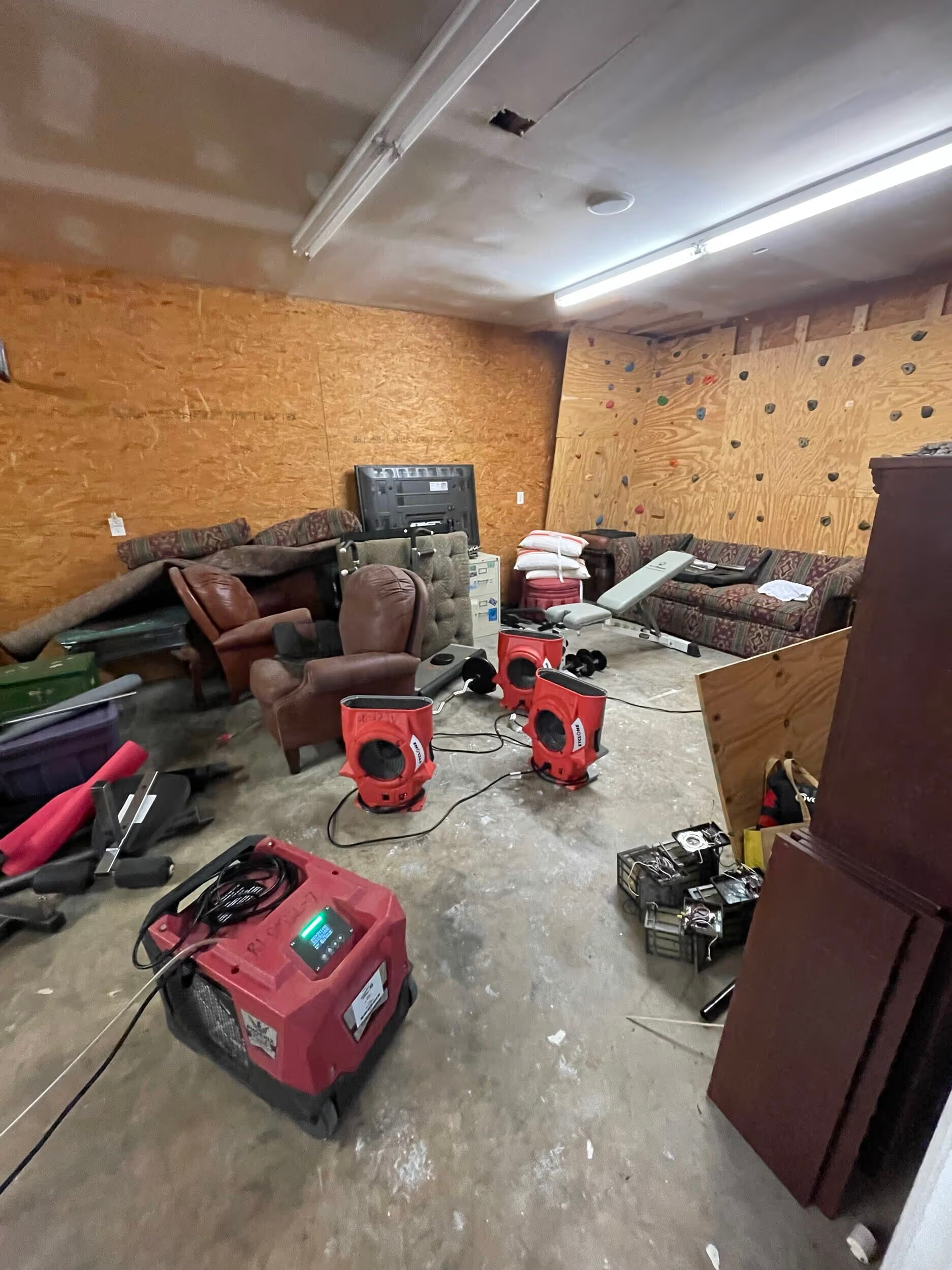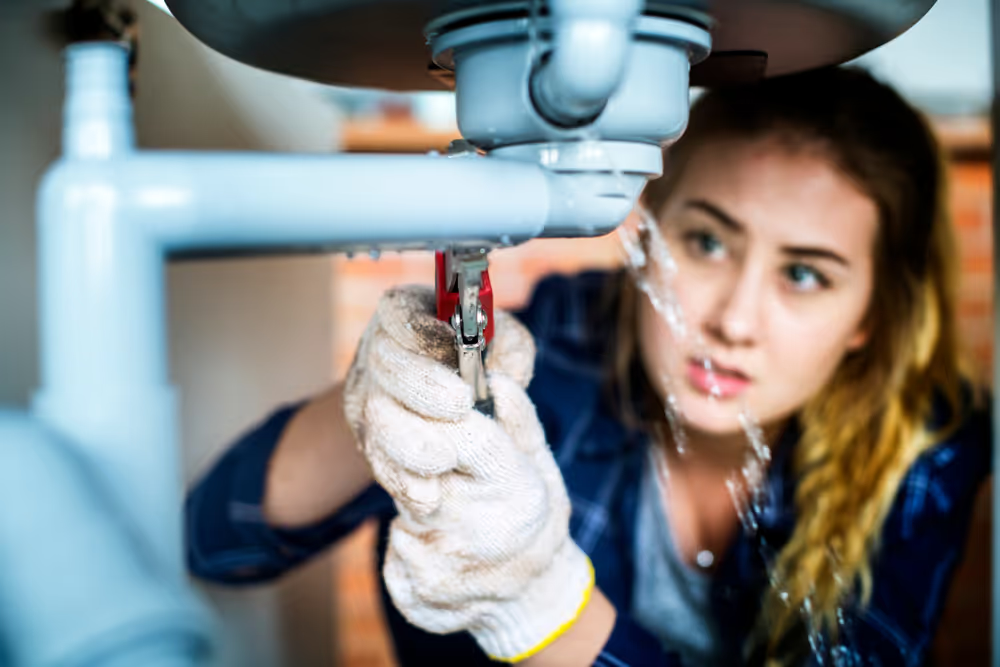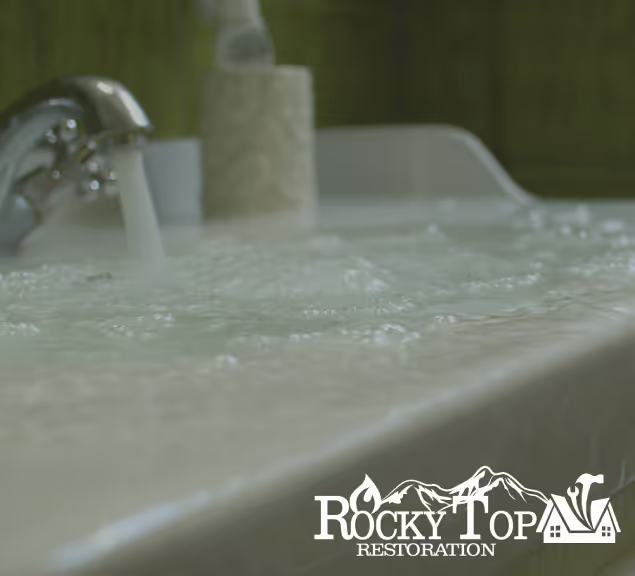Tips for Drying a Commercial Building After Water Damage
Water damage in a commercial building is often a significant setback, but taking immediate and informed action is the key to recovery

Water damage in a commercial building is disastrous in Knoxville, TN, whether caused by a burst pipe, storm, or other unforeseen events. Quick action is critical to prevent further damage, such as structural weakening and equipment failure. Knowing how to dry a commercial building after water damage is essential to protect valuable assets and restore the business to operational status. This guide provides expert tips for effectively drying out your building, ensuring a speedy recovery while minimizing losses.
Why Quick Drying Is Crucial After Commercial Water Damage
When water seeps into a commercial building, time is of the essence. Studies show that water damage costs U.S. businesses approximately $1,000 to $5,000, depending on the extent of the damages. With significant downtime and losses in productivity as key contributors to that cost, sometimes restoration costs upward of $20,000 for damages from black water. Commercial spaces have specialized equipment, sensitive documents, and, often, large open areas prone to flooding, making swift and efficient drying efforts all the more important.
Start by Assessing the Extent of Water Damage
The first step in drying a commercial building is to assess the damage. You should determine how much water has penetrated walls, flooring, and furniture, and if critical systems like electrical outlets or HVAC units have been compromised.
Here’s a step-by-step process to begin the drying procedure:
- Inspect the source of the water: Identify where the water is coming from, whether it's a pipe burst or storm-related flooding. Stopping the water source prevents further damage.
- Survey the affected areas: Check each part of the building for moisture, focusing on areas prone to long-term water retention, such as carpeting, subfloors, and storage spaces.
- Document the damage: Before any drying starts, take photos and videos of the affected areas. This is critical for filing insurance claims and helps track the restoration process.
Use Professional Equipment for Efficient Drying
While using household fans and dehumidifiers helps initially, large-scale water damage often requires professional-grade drying equipment to ensure every part of the building is properly dried. Commercial restoration companies like Rocky Top Restoration utilize high-powered dehumidifiers, air movers, and other specialized tools designed to extract moisture from hard-to-reach places.
Key Tools for Drying a Commercial Building:
- Dehumidifiers: These are critical for removing excess moisture from the air, helping prevent secondary damage to walls and furniture.
- Industrial Fans: High-velocity fans accelerate the drying process by moving large volumes of air over wet surfaces.
- Water Extraction Machines: If there’s significant standing water, commercial-grade vacuums and pumps help remove the bulk of the water quickly.
- Air Scrubbers: These machines help clean and filter the air, especially in flood situations where contaminated water may be present.
Using the right equipment ensures that the building is dried thoroughly, which prevents problems like warped wood, swollen drywall, and prolonged downtime.
Manage Airflow and Control Humidity
Controlling the environment is one of the most important steps in the drying process. Managing airflow and humidity is critical to speed up evaporation and reduce the chance of secondary water damage.
Steps to Improve Air Circulation:
- Close off the affected area: It may be tempting to open windows or doors to let in fresh air, but this could introduce outside moisture, dirt, and contaminants. Instead, keep the area sealed to allow for controlled drying.
- Position air movers strategically: Place fans to direct airflow across wet surfaces, pushing moisture toward dehumidifiers.
- Monitor humidity levels: Keeping humidity below 50% is essential to prevent further damage and ensure efficient drying.
Prioritize High-Risk Areas and Items
In a commercial building, certain areas and items are more prone to permanent damage due to water exposure. These areas should be prioritized during the drying process to avoid costly replacements.
High-Risk Areas to Focus On:
- Electrical systems: Water and electricity are a dangerous combination. Have an electrician inspect electrical systems and outlets that may have been exposed to moisture.
- Office equipment: Computers, printers, and other electronics are often irreparably damaged by water. Turn them off immediately and relocate them to a dry area.
- Documents and records: Important paper files and records should be removed and placed in a controlled environment to dry. If documents are heavily damaged, consider using professional drying services to restore them.
Regularly Inspect the Progress
Once the drying process has started, regular inspections are essential to ensure progress. Moisture lingers in hidden areas, such as behind walls or under floors, which could lead to further damage if left unattended.
How to Monitor Drying Progress:
- Check moisture levels: Use moisture meters to test various surfaces, ensuring they are returning to normal levels.
- Rearrange equipment: Move fans, dehumidifiers, and air scrubbers around the space to target new areas that may still have high moisture.
- Update your insurance documentation: As the drying progresses, update the documentation you’ve been compiling for your insurance claim. It makes the claims process smoother and faster.
Trust Professional Restoration Services
While there are steps to take on your own, hiring a professional water restoration company like Rocky Top Restoration is the best way to ensure your building is dried properly. Water damage restoration requires specialized knowledge, equipment, and a systematic approach that only trained experts provide. A professional team dries the building and assesses the structural integrity, removes lingering moisture, and prevents further damage.
Final Thoughts
Water damage in a commercial building is often a significant setback, but taking immediate and informed action is the key to recovery. By following these expert tips and partnering with a professional restoration service, you restore your property to normalcy quickly and effectively. Remember, the sooner you act, the better your chances of minimizing damage and downtime.
For more information on commercial water damage restoration and how Rocky Top Restoration helps you after property damage, feel free to contact our team!
Need Immediate Help?
We Are Available 24/7!




